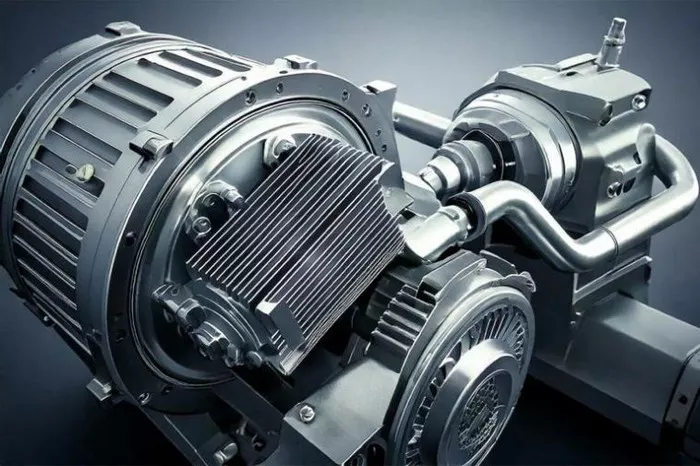In 2014, Toyota introduced a groundbreaking technology that seemed ahead of its time: a free-piston linear engine without a crankshaft. Designed as a compact power generator, this engine promised to extend the driving range of electric vehicles (EVs) while reducing the size of their batteries—a major leap forward in the pursuit of sustainable mobility.
Though Toyota has long been committed to internal combustion engines, the company has also focused on reducing carbon emissions through innovative approaches. This particular concept boasted an impressive 42% efficiency rate, a figure that caught the attention of engineers and automotive experts alike.
How the Free-Piston Linear Generator Works
What sets the free-piston linear engine apart is its ability to minimize friction by eliminating many of the moving parts common in traditional engines. It operates through two key components that work together seamlessly:
Combustion Chamber: This is where fuel burns and drives the movement of pistons. Unlike conventional engines, there is no crankshaft to connect these pistons; instead, they move freely in a linear motion.
Linear Generator: This component directly converts the mechanical movement of the pistons into alternating current (AC), which is then used to charge the vehicle’s battery.
The system was designed to serve as a bridge between electric and thermal energy, catering to the growing demand for more sustainable and efficient vehicle designs. The free-piston generator would allow an EV to recharge its battery while on the move, addressing one of the primary concerns of EV owners—driving range.
Technical Specifications and Advantages
Toyota’s prototype was surprisingly compact, measuring just under 24 inches in length and about 8 inches in width. Despite its small size, the single-cylinder, two-stroke unit was capable of producing around 15 horsepower.
Toyota’s engineers indicated that switching to a twin-cylinder design could significantly increase power output while reducing vibration. Additionally, the valve movement is controlled electronically, simplifying the engine’s design and improving reliability.
Benefits for Electric Vehicle Design
The potential advantages of this free-piston linear engine for EVs are considerable:
Extended Range with Smaller Batteries: The most obvious benefit is the ability to extend the driving range without the need for large, heavy batteries. This reduction in battery size also leads to a decrease in vehicle weight, which, as any automotive expert knows, can improve overall performance.
New Vehicle Architectures: The simplicity of the free-piston design could allow for more flexible vehicle architectures. Without the need for traditional transmission systems or clutches, electric motors could be integrated directly into the wheels, offering more freedom in vehicle design and packaging.
Why Hasn’t It Reached Production?
Despite its promising features, Toyota’s free-piston linear engine has yet to reach production. The rapid evolution of both hybrid and fully electric vehicles may have pushed this innovation to the background. With battery prices dropping and energy densities improving, range extender systems may have become less appealing for Toyota’s product development teams.
However, with “range anxiety” still a concern for many EV buyers and challenges surrounding the supply of raw materials for battery production, it’s possible that Toyota’s concept could find new relevance in the coming years. Range extenders present a practical solution that could ease the transition to electric vehicles by alleviating concerns about limited driving range.
The Changing Automotive Landscape
Since 2014, the automotive industry has undergone significant transformation. Battery electric vehicles (BEVs) have gained substantial market share, and stricter regulations are pushing for a future of zero-emission vehicles. However, many consumers still value the flexibility of vehicles that can cover long distances without long recharging times.
The Future of Hybrid Generator Technology
What makes Toyota’s free-piston concept so intriguing, nearly a decade after its introduction, is its approach to electrification. Instead of viewing combustion and electric technologies as opposing forces, the free-piston engine seeks to harness the strengths of both, offering a hybrid solution that maximizes efficiency.
As global emissions standards tighten and the demand for smaller, more efficient batteries grows, solutions like the free-piston generator could be worth revisiting. Its potential to achieve efficiency levels far superior to traditional engines positions it as a noteworthy option for the future of sustainable transportation.
Would you consider driving an EV with a small range-extending generator if it meant lower weight, reduced costs, and no concerns about range? Or do you believe that pure battery electric vehicles will eventually make such hybrid approaches obsolete?
The future of automotive technology is uncertain, but innovations like Toyota’s free-piston generator remind us that there are still unexplored avenues that could lead to better, more efficient solutions.
Related topics:

